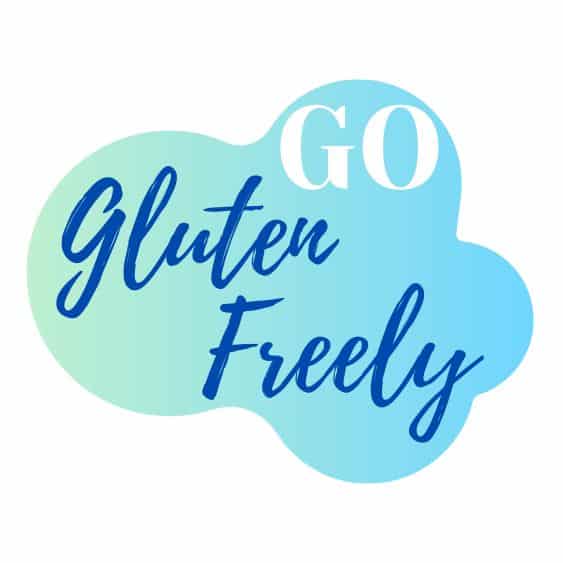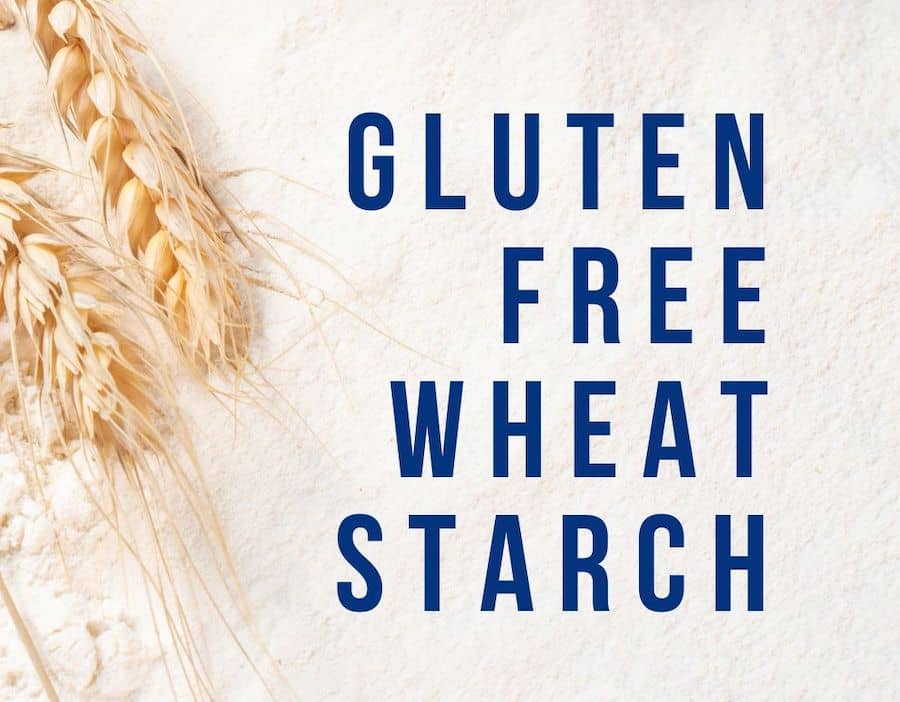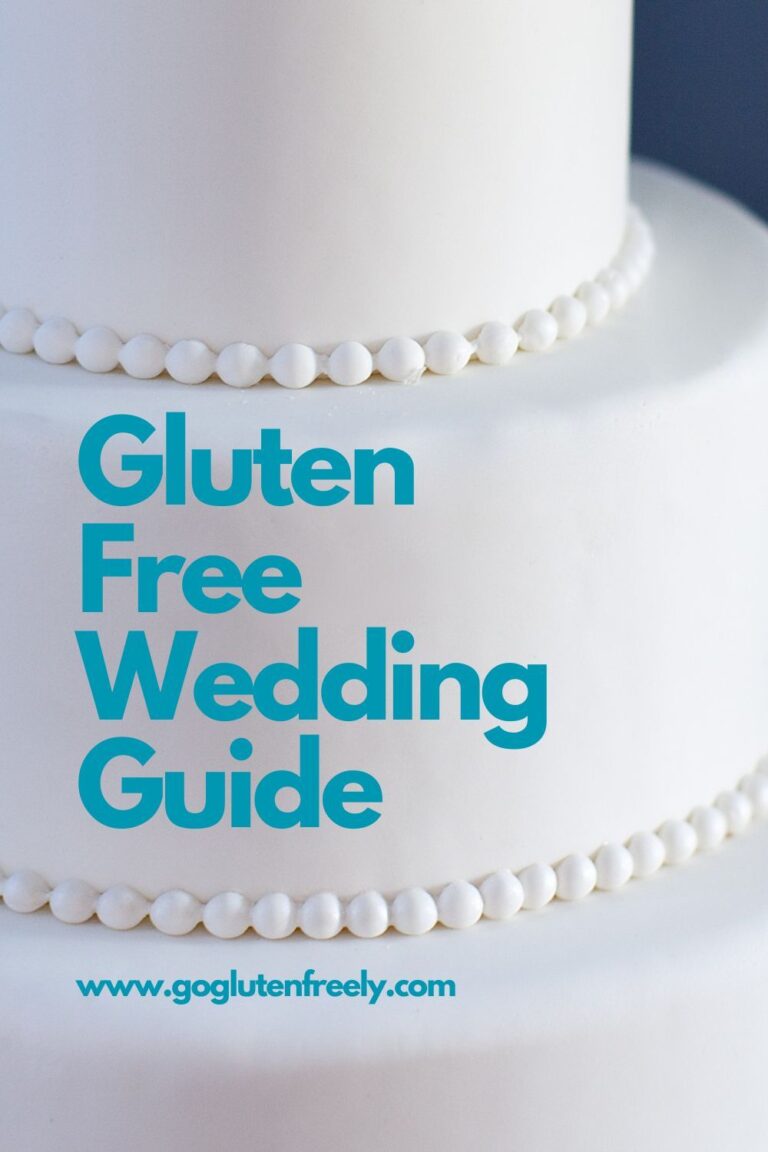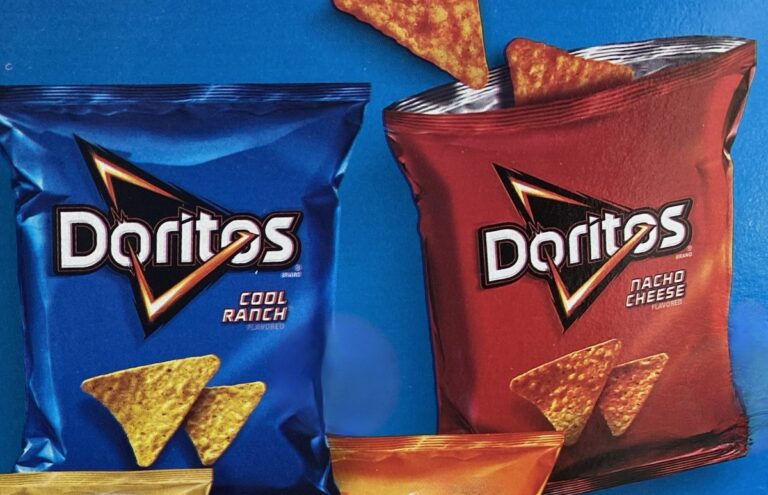Is Gluten-Free Wheat Starch Safe for Celiacs?
It’s happened to many of us on a gluten-free diet.
You pick up a gluten-free product in the grocery store. You turn it over and read the ingredient label. Always. It contains wheat. You look at the front of the food label, again. Yep, it says “gluten-free”. Then you check the back, which still says “wheat”.
How can this be?!
This moment of confusion (sometimes outrage that a product containing wheat is labeled gluten-free) happens to a lot of people when they first encounter this questionable ingredient.
You have stumbled across gluten-free wheat starch, also known as Codex wheat starch, so named because it meets the gluten-free standards of Codex Alimentarius (internationally adopted food standards).
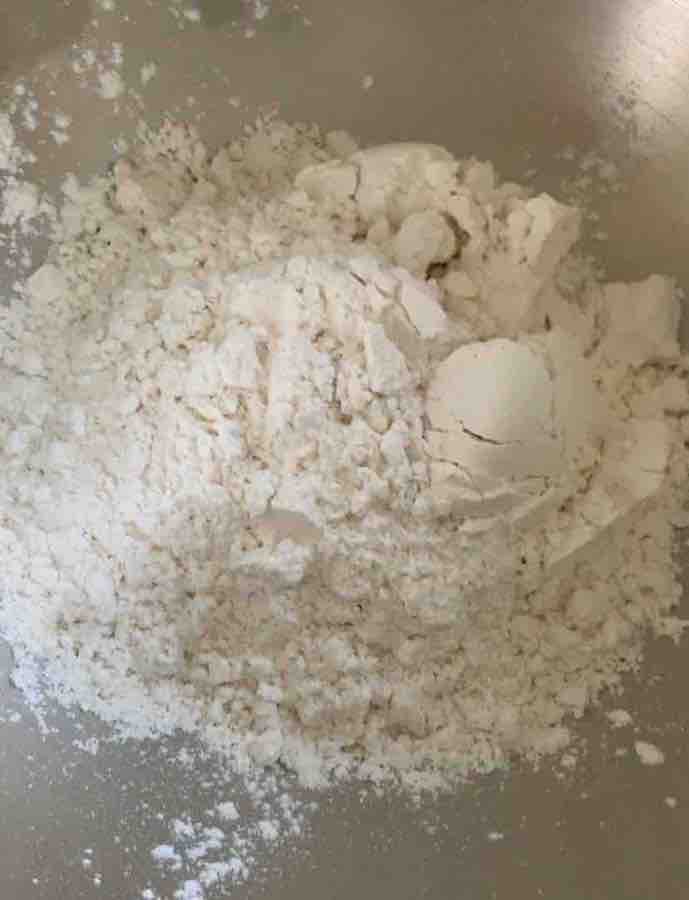
What is Gluten-Free Wheat Starch?
How can the words gluten-free and wheat be used together?
Simply, gluten-free wheat starch is gluten-removed wheat starch.
Wheat is made of protein (the gluten portion of wheat that causes an autoimmune response in celiacs) and starch (which does not contain gluten).
Wheat flour goes through a washing process to separate the starch from the wheat protein. The starch dissolves in water, while the gluten-containing protein sinks. The starch-containing water is washed away, leaving the gluten-containing protein. The starch water is then dried and processed into wheat starch.
Wheat Allergies
Gluten-free wheat starch is not wheat free. It is not safe for individuals with a wheat allergy or intolerance.
The following discussion relates only to whether or not it is suitable for individuals with a diagnosis of celiac disease or non-celiac gluten sensitivity.
Celiac Disease
Celiac disease is an autoimmune response to gluten, a protein found in wheat, barley, and rye. When an individual with celiac disease consumes gluten, the body reacts by damaging the villi of the small intestine, which are essential for absorbing nutrients.
The only current treatment for celiac disease is life-long adherence to a gluten-free diet.
Just How Gluten-Free is Wheat Starch?
It depends.
After separating the wheat protein and starch, the wheat starch left behind can contain remnants of the gluten protein. The gluten content varies from below 5 parts per million of gluten (ppm) to over 10,000 ppm.
It is important to note that if wheat starch is not labeled gluten-free, it is not safe for those with celiac disease. This is the case with most wheat starch.
However, if wheat starch has a gluten-free claim on the label, in the United States it is required by the Food and Drug Administration (FDA) to contain below 20 ppm of gluten.
Unequivocally, food products containing wheat starch should only be consumed by individuals with celiac disease if they are labeled gluten-free.
Controversy
Gluten-free wheat starch is widely accepted as part of the gluten-free diet for celiac disease in Europe and has been for decades.
- Coeliac UK states that wheat starch labeled gluten-free is “suitable for all people with coeliac disease.”
- A long-term study at Tampere University Hospital in Finland showed that celiac patients on a strict (wheat starch-based) gluten-free diet experienced the same intestinal healing as those on a naturally gluten-free diet (no wheat starch).
- The Italian Celiac Association celebrates “deglutinated wheat starch… which allows the creation of products suitable for celiacs with a gluten content of less than 20 ppm.”
- In Italy, the popular, wheat starch-based, Caputo Fioreglut Gluten-Free flour bears the gluten-free seal from the Italian Ministry of Health and is sold in pharmacies, where gluten-free foods are recognized as medically necessary.
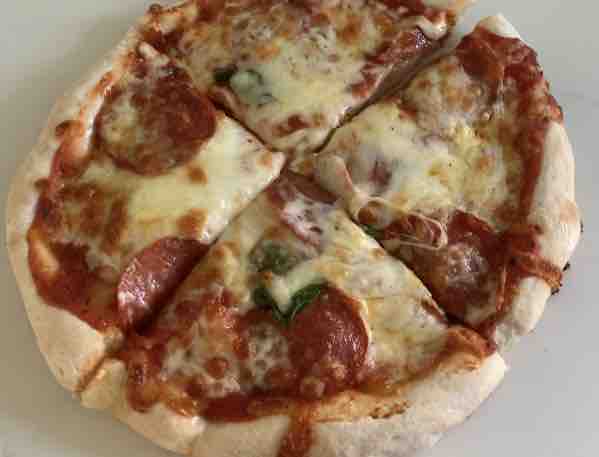
However, in the U.S., gluten-free wheat starch has been controversial in the gluten-free community.
While the damage of celiac disease and treatment of the gluten-free diet are universal, food allergen labeling laws vary by country. In the United States, the FDA issued its final rule for gluten-free labeling in 2013. This rule paved the way for gluten-free wheat starch in the U.S., as long as it is below 20 ppm gluten.
Over the years, products have trickled out. Dr. Schär, with an existing reputation for safe gluten-free wheat starch products in the UK and EU, quickly introduced gluten-free croissants and chocolate croissants using gluten-free wheat starch in the U.S. Others have followed.
U.S.-based celiac organizations have issued varied guidance:
- The Celiac Disease Foundation simply places “Wheat Starch that has not been processed to remove the presence of gluten to below 20ppm and adhere to the FDA Labeling Law” on its list of “Sources of Gluten.” It notes that “according to the FDA, if a food contains wheat starch, it may only be labeled gluten-free if that product has been processed to remove gluten, and tests to below 20 parts per million of gluten. With the enactment of this law on August 5th, 2014, individuals with celiac disease or gluten intolerance can be assured that a food containing wheat starch and labeled gluten-free contains no more than 20ppm of gluten. If a product labeled gluten-free contains wheat starch in the ingredient list, it must be followed by an asterisk explaining that the wheat has been processed sufficiently to adhere to the FDA requirements for gluten-free labeling.”
- The National Celiac Association states, “gluten-free wheat starch has had the gluten (a protein) washed out to a trace level, making it safe for people on a gluten-free diet.”
- Beyond Celiac advises that you “call the manufacturer to determine if they test for safe gluten levels of less than 20 ppm. If the company tests for gluten levels at less than 20 ppm or they use a third party gluten-free certifier you can feel confident that the product is safe. However, if the company doesn’t test for gluten levels on its own or through a third party certifier, you should be wary of the product’s safety.”
- Beth Israel Deaconess Medical Center, Celiac Center defers to the guidance of Tricia Thompson of the Gluten Free Watchdog.
The Gluten-Free Watchdog does not recommend gluten-free wheat starch for individuals with celiac disease, in part because of the challenges of testing the amount of gluten in wheat starch.
Additionally, the Gluten-Free Watchdog says, “Wheat starch is not a nutritious food. It contains little to no fiber, vitamins, and minerals. There are so many more healthful alternatives to wheat starch that I see absolutely no need to start using it in gluten-free products.”
The Gluten-Free Watchdog makes the following well-informed recommendations for individuals with celiac disease who choose to consume products containing gluten-free wheat starch:
- The product needs to be labeled gluten-free.
- The manufacturer needs to test that final product with both a sandwich and competitive ELISA, as “a sandwich ELISA detects intact or relatively intact gluten protein. A competitive ELISA detects gluten that has been broken down into smaller protein fragments.” (In other words, you want both tests to catch any gluten protein left behind in the wheat starch.)
Benefits
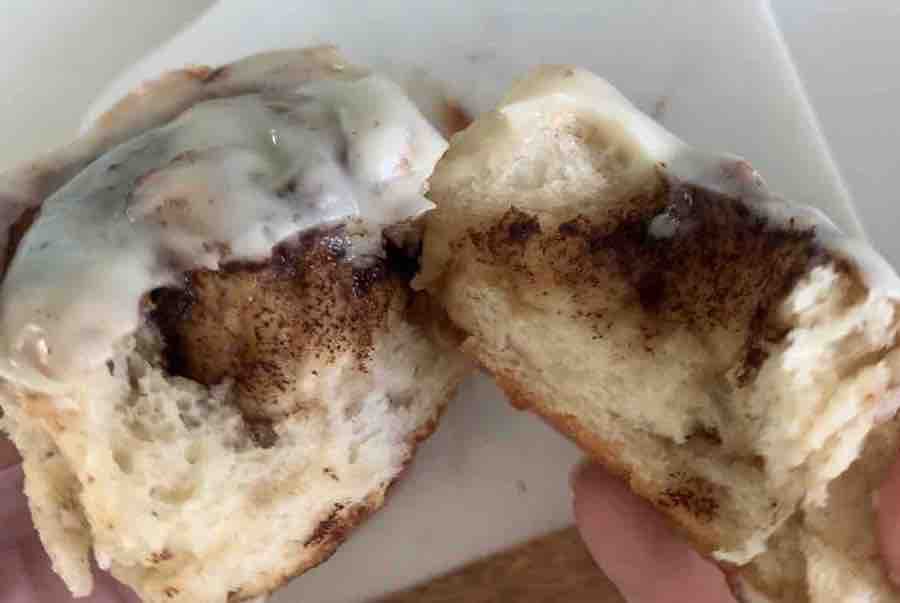
While I greatly respect the Gluten-Free Watchdog as an expert and an advocate for the gluten-free community, I do see some benefits to gluten-free wheat starch.
In addition to her labeling and testing recommendations, the Gluten-Free Watchdog is 100% correct that wheat starch is nutritionally deficient. While separating the wheat starch from the protein, the nutrients in wheat are left behind with the gluten protein. Certainly, a naturally gluten-free diet is healthier. And there are many other gluten-free grains (some nutrient-rich) that can be used creatively to make substitutions for traditionally gluten-containing food items, like bread and pizza.
However, nutrition is not the only consideration.
Taste. Gluten-free wheat starch in yeast-based recipes creates the same familiar taste, texture, and flavor of wheat in baked goods. I nearly climbed in my stand mixer the first time I mixed Caputo’s gluten-free pizza flour and yeast… it smelled like real dough. And the final product’s taste is as good as anything you’ve eaten pre-celiac.
Mental health. Whether it’s connecting with friends over a delicious pizza or making your Grandma’s cinnamon rolls, there is an emotional component to food. Italians are on to something with gluten-free products sold in pharmacies.
Compliance with the gluten-free diet. Celiac patients report that adherence to the gluten-free diet is difficult and many patients are not compliant (meaning, they cheat). Gluten-free pizza, croissants, dinner rolls, soft pretzels, and cinnamon rolls all taste like “real” bakery products when made with gluten-free wheat starch. Giving people back their favorite foods can help those who might otherwise cheat stick to a medically-necessary gluten-free diet.
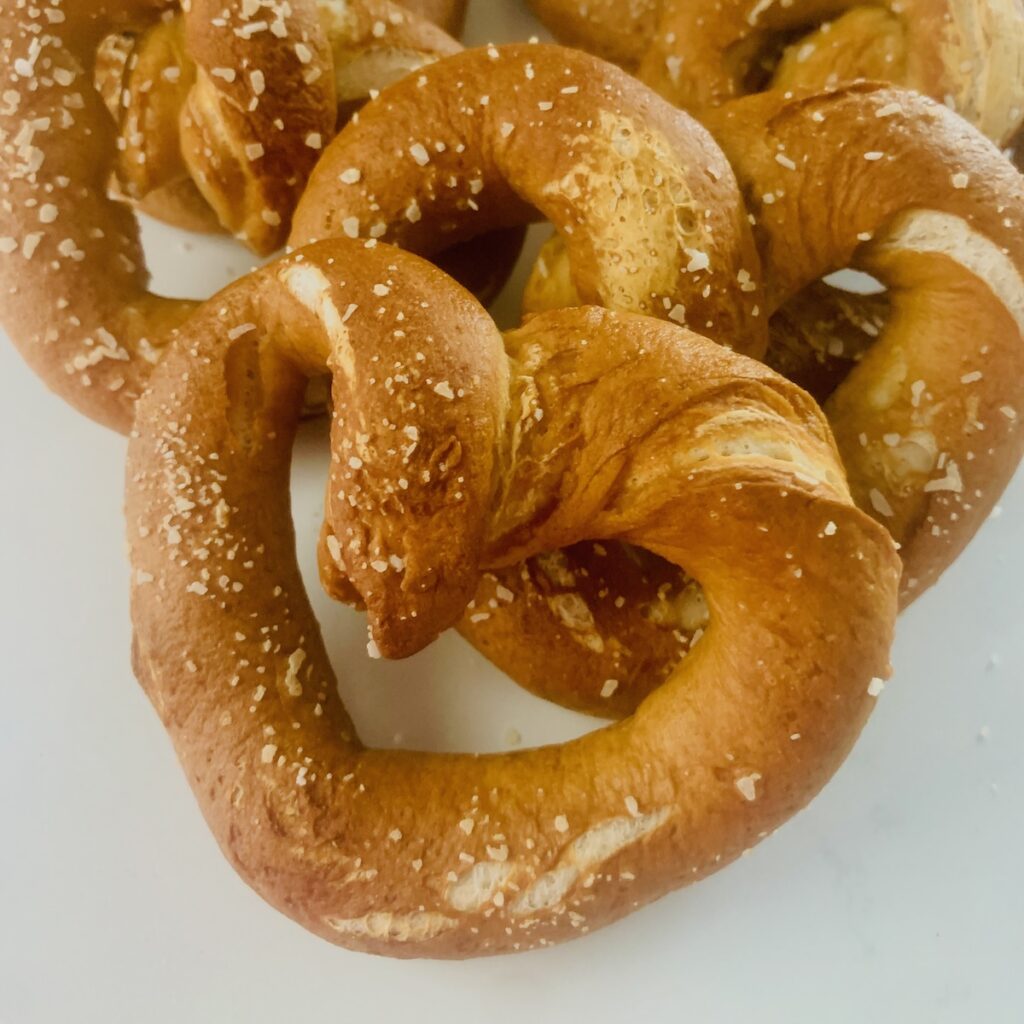
Bottom Line
This is a personal choice. Review additional data on the links shared throughout this article. Discuss with your doctor.
I personally have celiac disease. I don’t cheat. Ever.
But I happily eat pizza made with gluten-free wheat starch at restaurants approved by the Italian Celiac Association when in Italy.
And I occasionally make treats at home with gluten-free wheat starch (always labeled gluten-free).
I stick to food manufacturers who are reputable in the gluten-free community.
Schar is one of those manufacturers. Its products containing wheat starch have been third party certified gluten-free by the Association of European Coeliac Societies. You can read more about gluten-free wheat starch in Schar’s article, “What You Should Know about Gluten-Free Wheat Starch.
King Arthur also has a helpful infographic and an explanation of its testing protocols, which follow the Gluten Free Watchdog recommendation of both ELISA sandwich and competitive methods.
